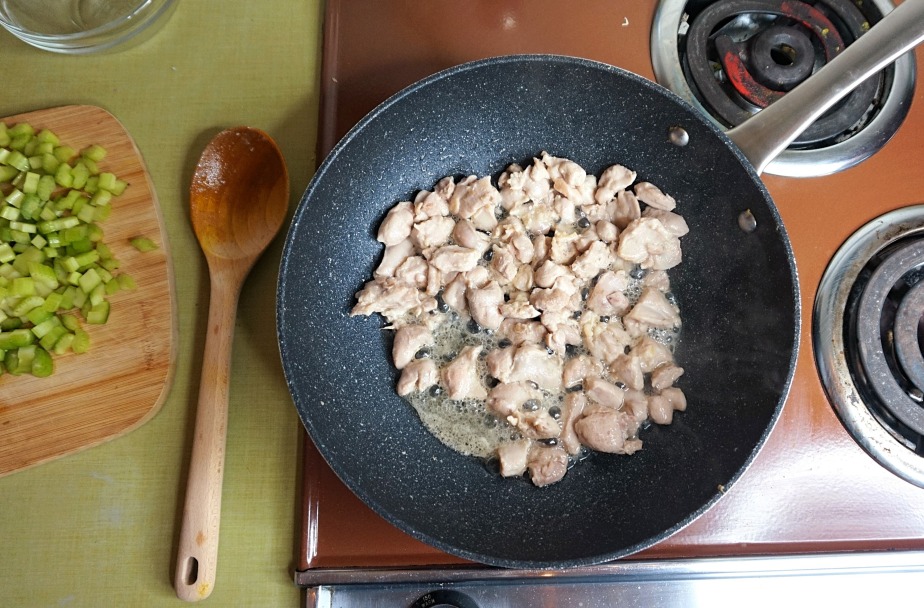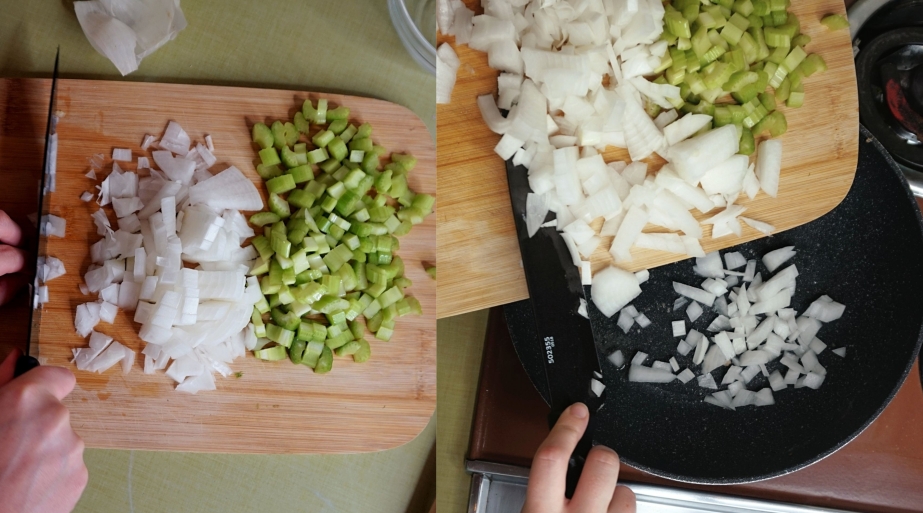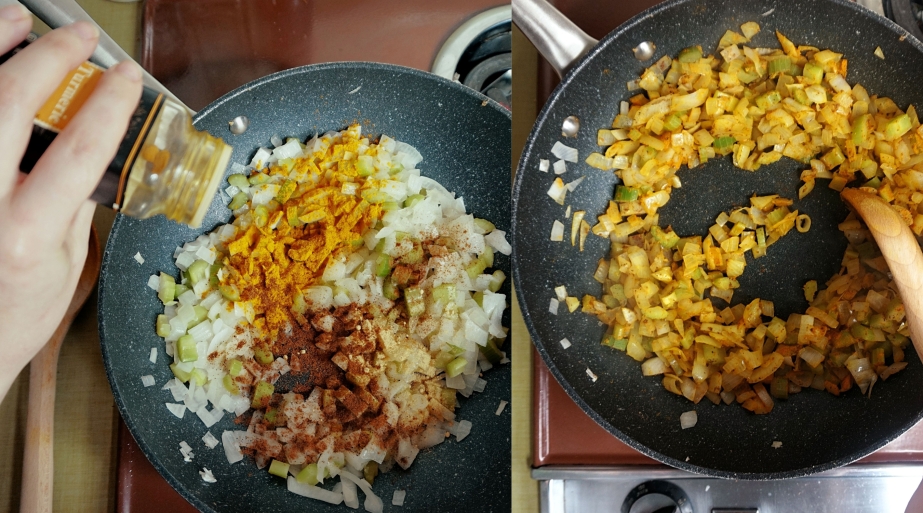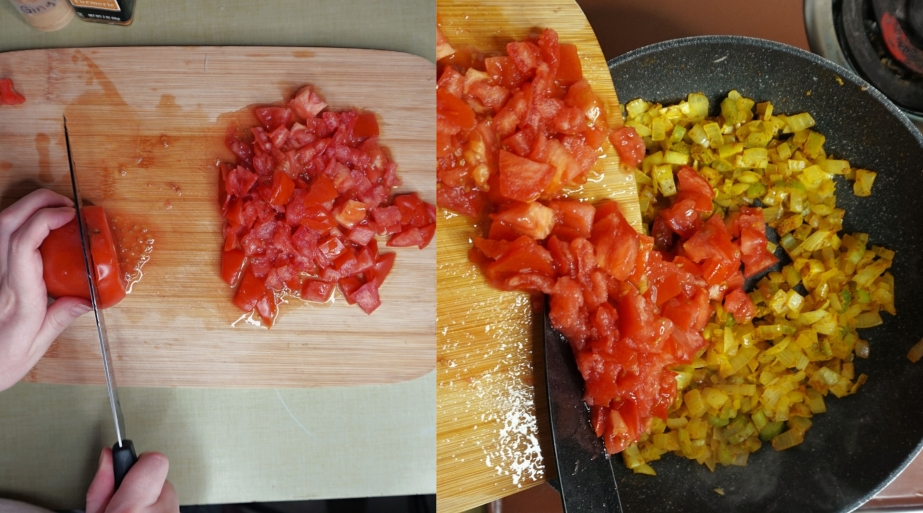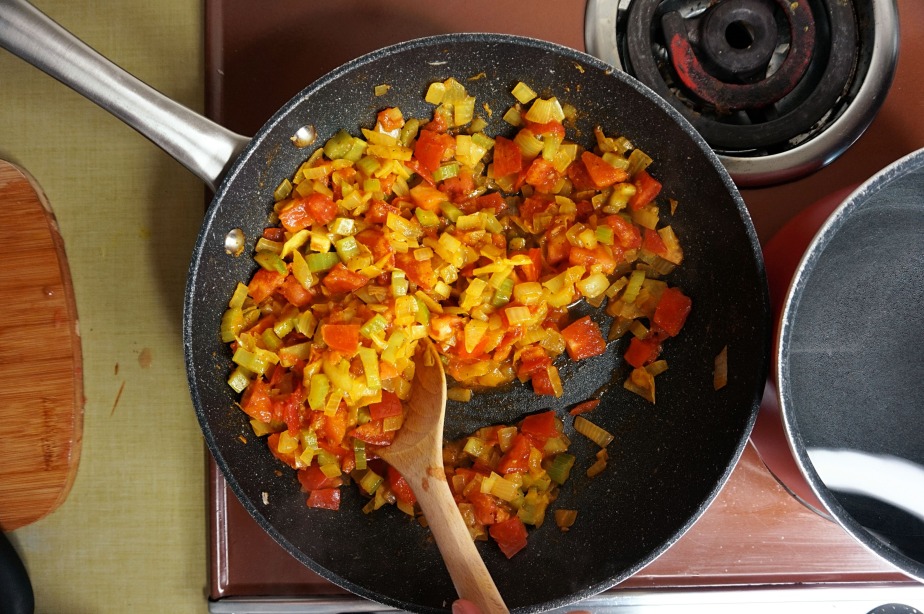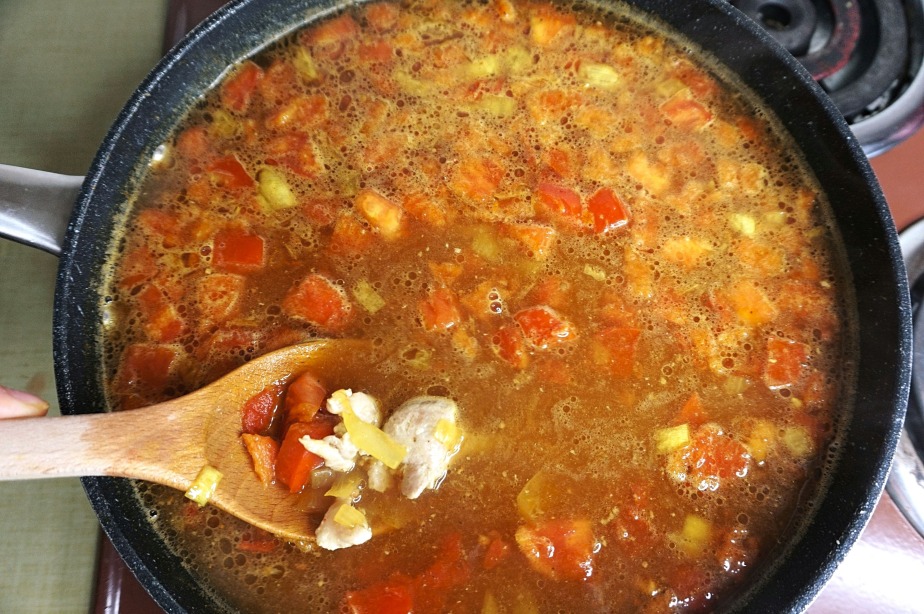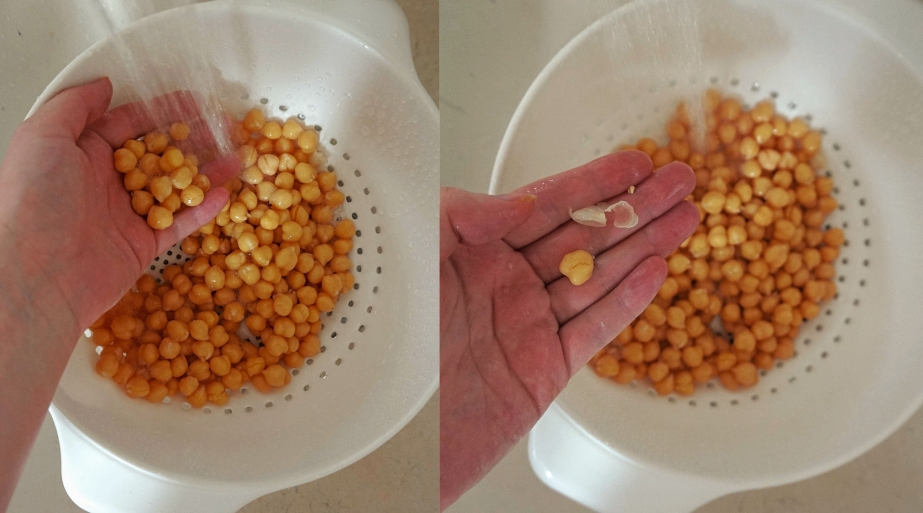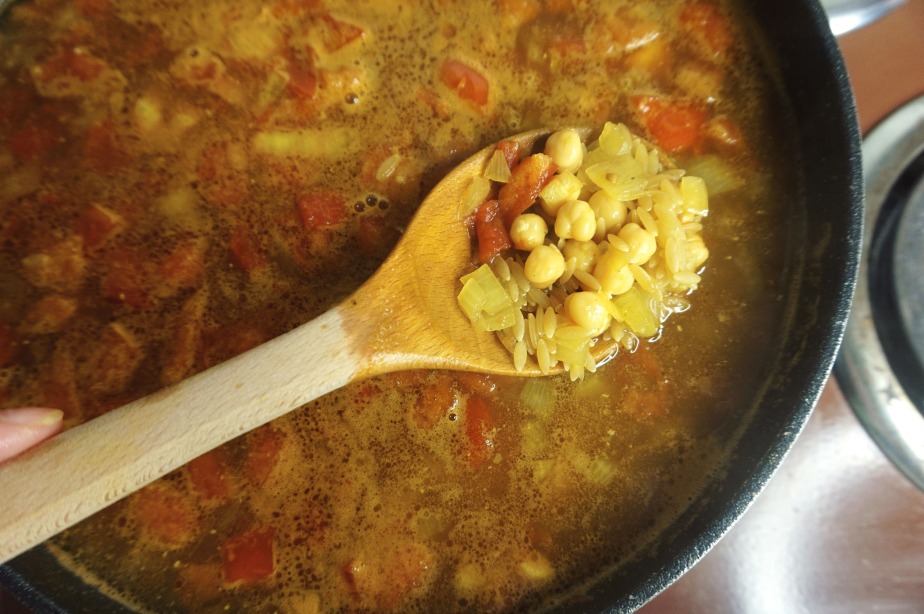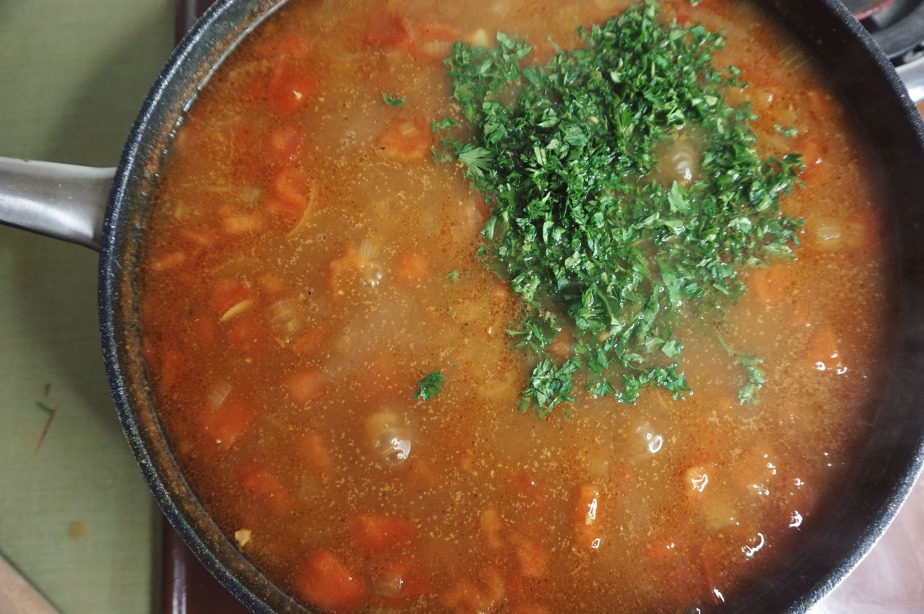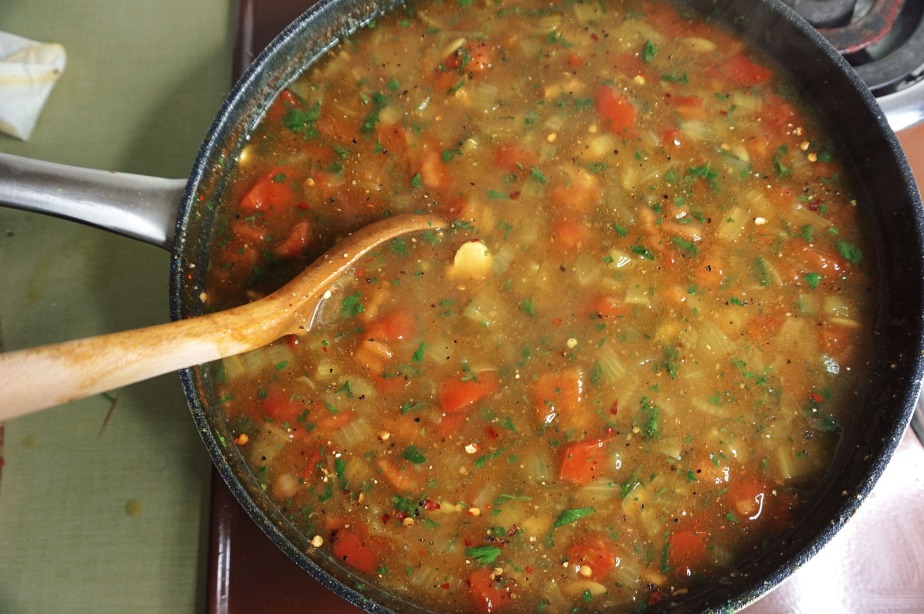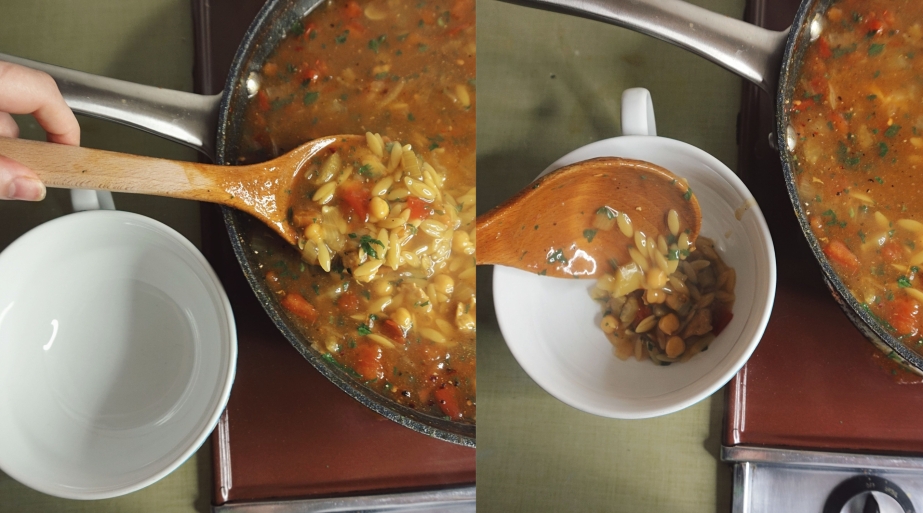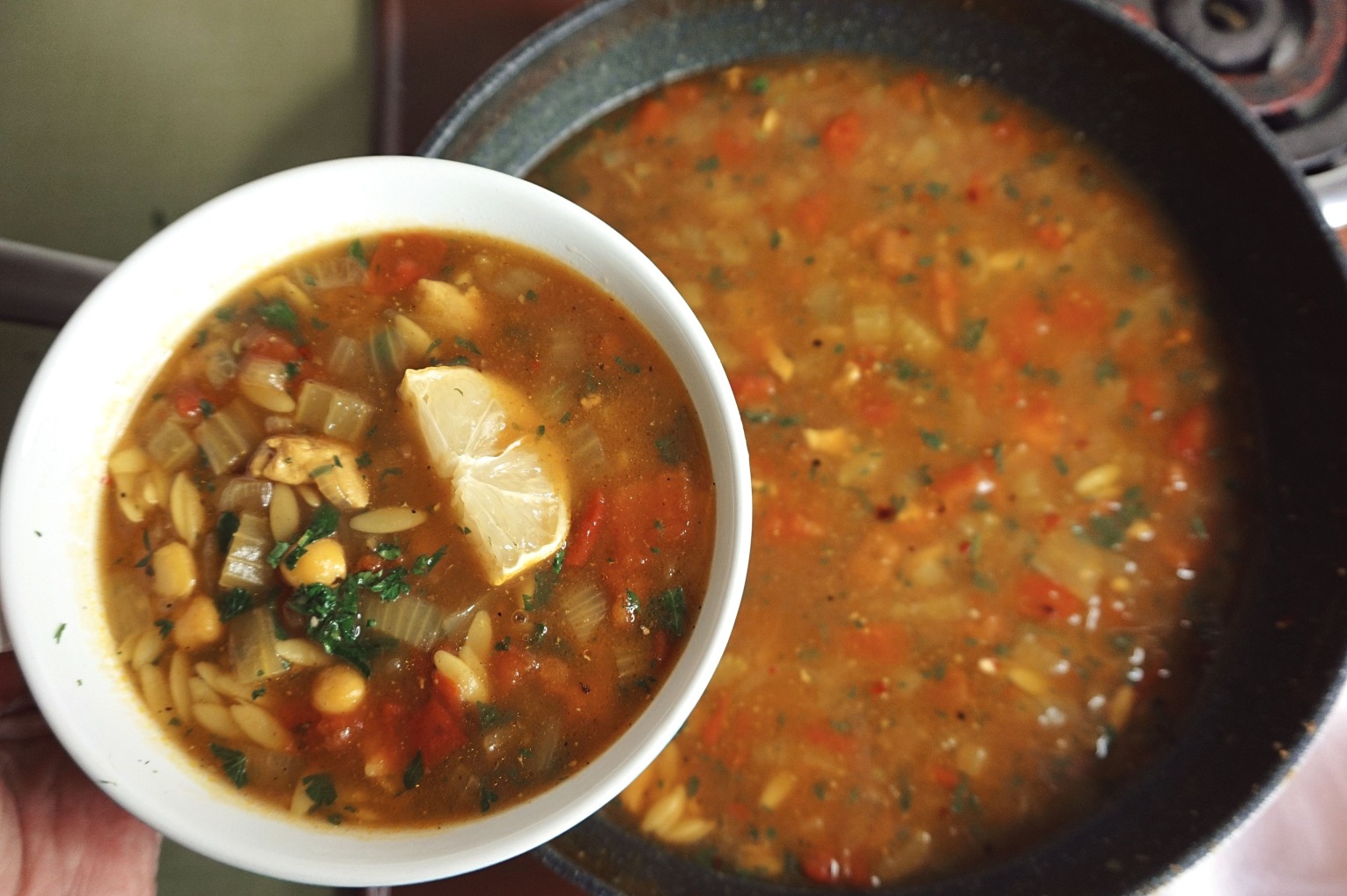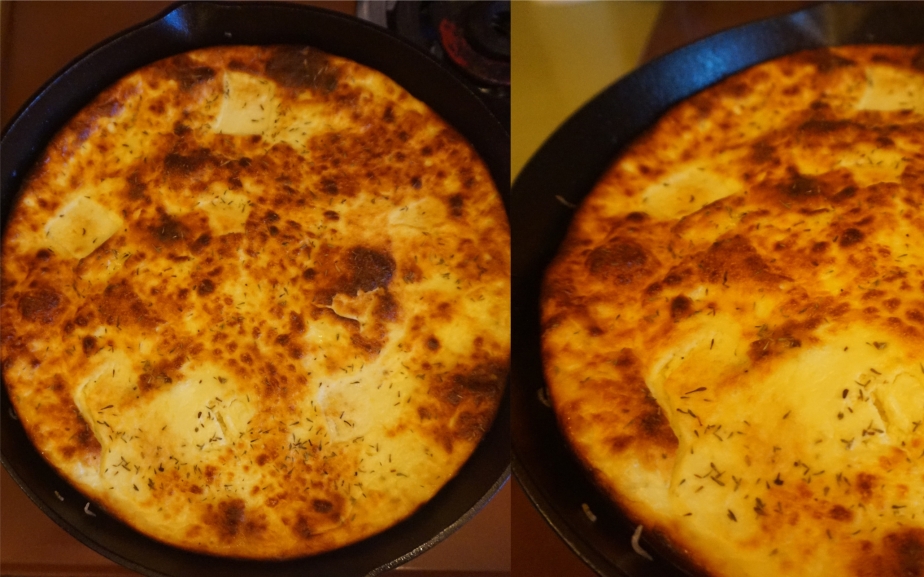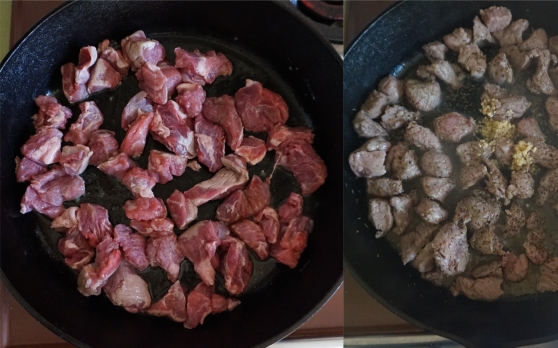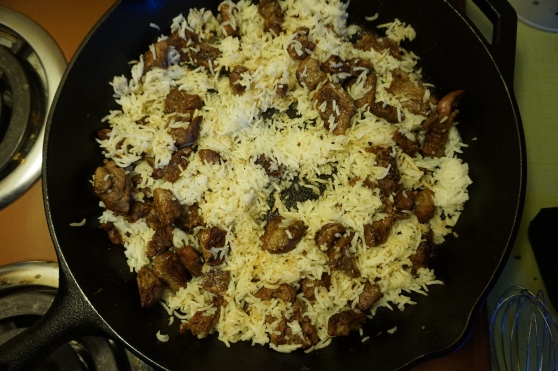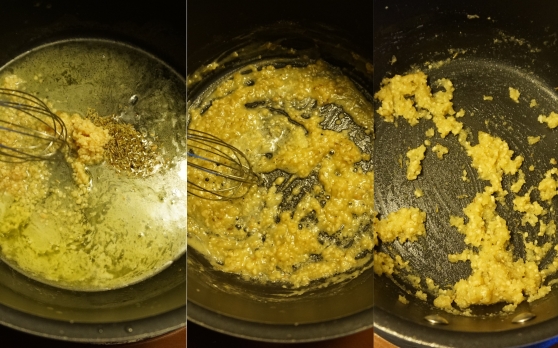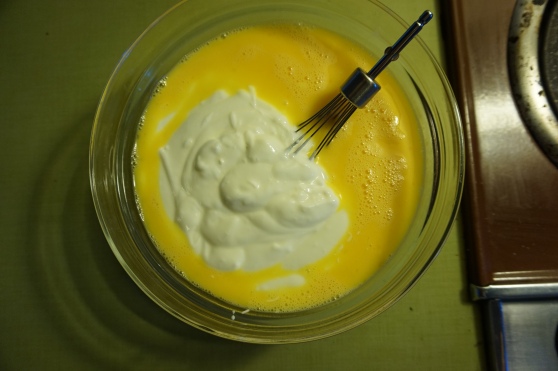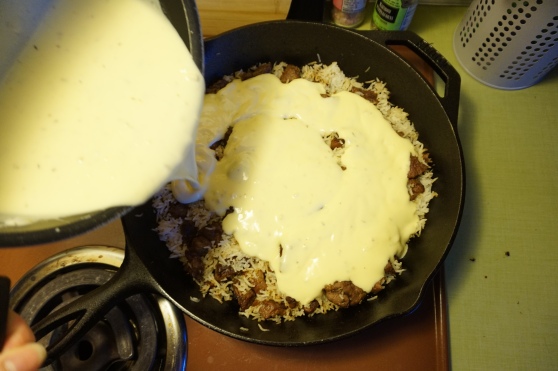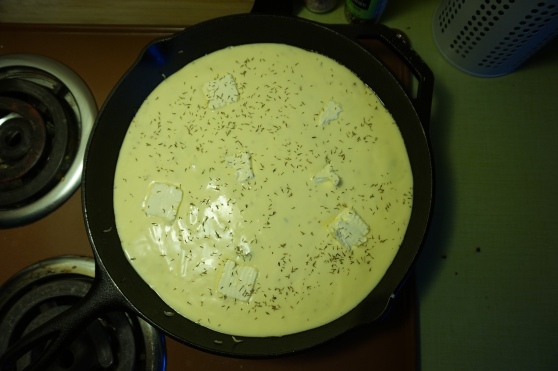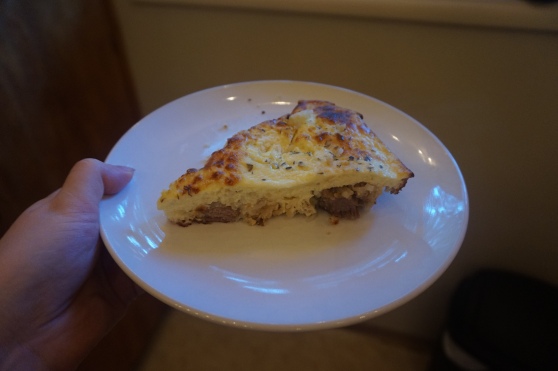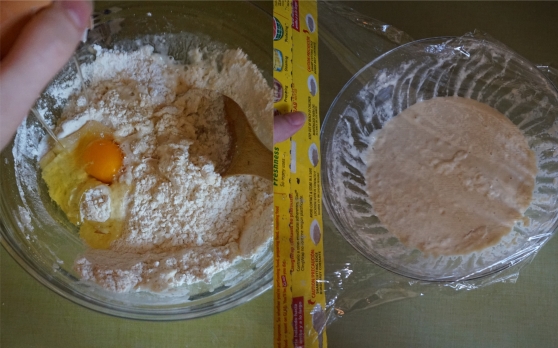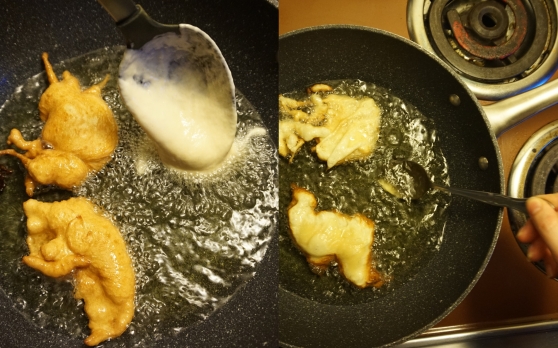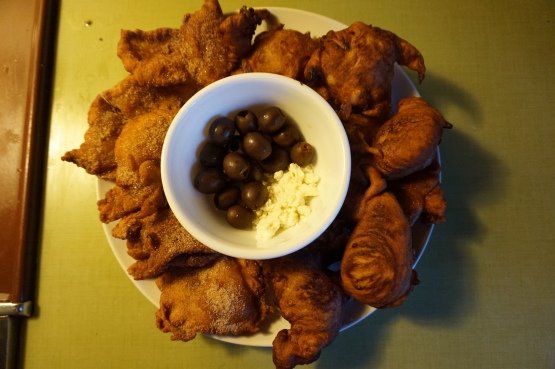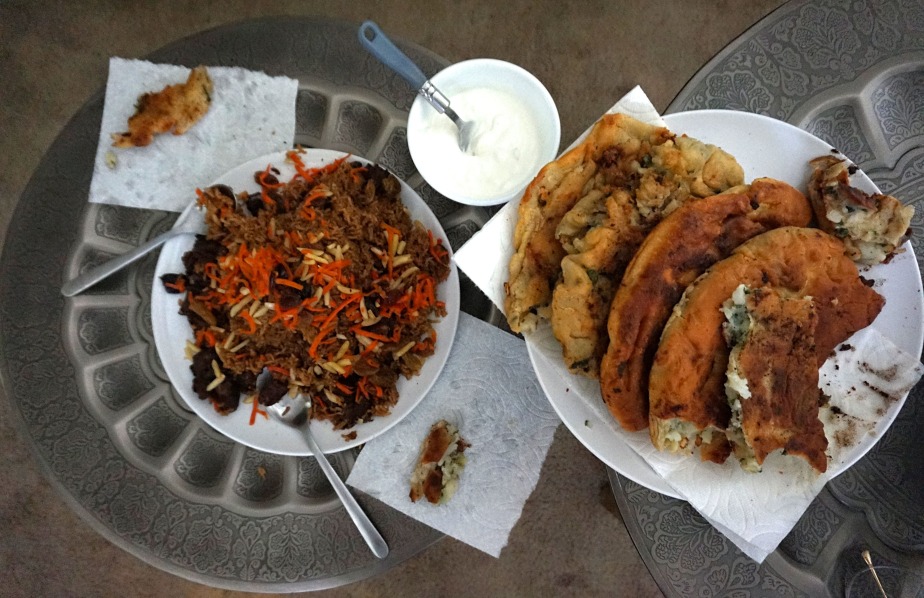
Welcome to the beginning of a very long journey. Particularly, a 195 step journey. This is step one: Afghanistan. If you have no idea what I’m talking about, I’ll direct you to my original and introductory post here: What is “Tasting The World”? Essentially I am challenging myself to make cuisine from every single country in the world. Each week, or twice a week depending, I will be alphabetically going through each country to try out their most popular dishes. Afghanistan is alphabetically the very first country which means it is our very first attempt. Let’s do this!
After looking a lot into the various cuisines within different regions of Afghanistan I came to the conclusion to make the dish I found relatively prevalent among them all: kabuli palau. Did I mention it’s also Afghanistan’s national dish? So clearly…. pretty popular. From what I researched, this dish used to be strictly for only the upper class families of Kabul (the capital city), but as the country of Afghanistan became more wealthy, the dish became more common. From what I’ve found, there are a plethora of different variations to this dish. And, by that, I mean essentially every single family has a different way of making it. I took tips and tricks from a number of different sources, but the one I found most helpful and have to give credit to, you can find here: Afghan Culture Unveiled. Seriously, go give her some love. Her information was life saving.
With each of these cuisines I wanted to try more than just one main dish. Either add in a dessert, salad, or bread. Whatever is most common. It’s rare, in most cultures, to have a meal with just one simple dish. If I truly want to encompass all that these cuisines are I feel I need to try more than one thing. In this case, I also made bolani which is a stuffed bread. Once again, I used Afghan Culture Unveiled for this recipe and this one, I stuck to. I’ve attempted to make my fair share of breads and if there’s one thing I know, it’s that bread type dishes are not my thing. So I stuck to this recipe exactly and owe her allllllll the credit.
Let’s start with the bread since that’s what I did first.
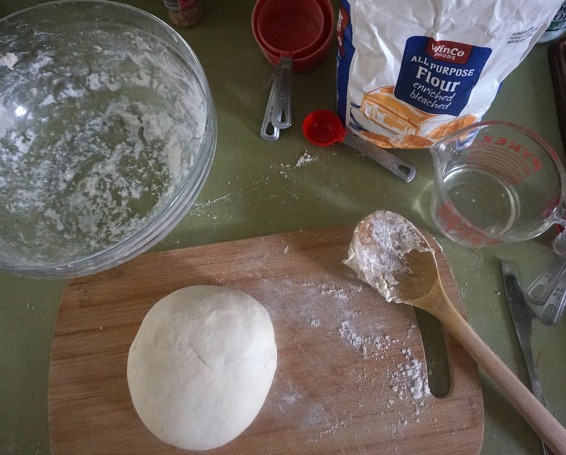
Essentially, I just followed the instructions on the website I found. No need to pretend I’m some great homemade bread baking prodigy. To be completely honest, I followed the instructions and still kind of fucked up. But here we are! A friendly and necessary reminder that this is not a recipe post, more of just a way for me to document my journey with you guys. As above, I’ll always link the recipes I gained inspiration from in these posts so if you wish to try some of these, you may. So I made the dough, kneaded it for ten minutes, and then placed in a bowl and covered with a towel for an hour. Although the recipe was clear on kneading enough, I fear I may have been too harsh with it. You’ll see what I mean later… While the dough was resting, I whipped together the filling. I boiled some potatoes and then mixed it with salt, pepper, green onion, and a handful of cilantro. With bolani, you can really put in whichever fillings you desire. I’ve seen some with spinach. Some with leeks. And some with pumpkin. Depends on your mood and what you’re craving. All sound amazing to me.
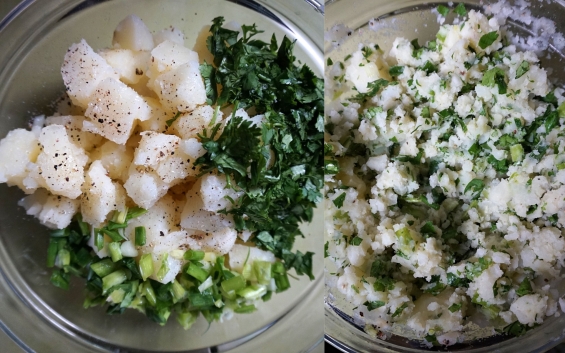
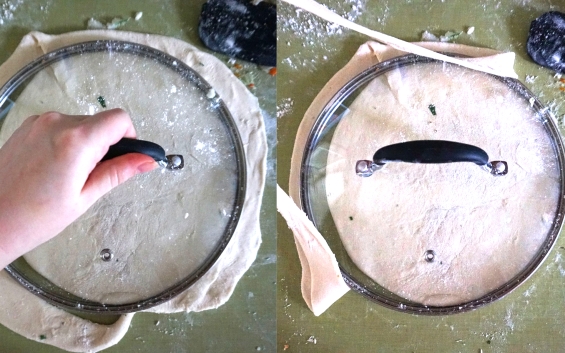
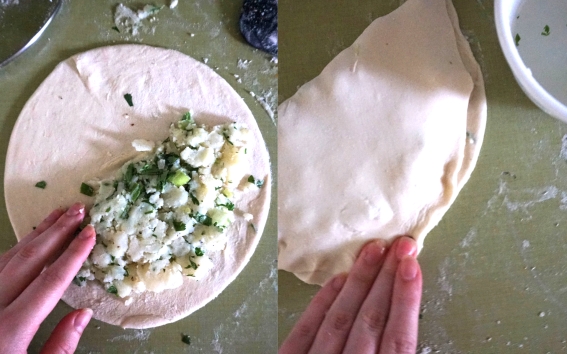
After the hour was up, I rolled out the dough to my best abilities (which are not that great) and used a pan lid to make an exact circle. This isn’t completely necessary, but it looked better and more pleasing to me. Plus, it was far quicker than trying to do it myself. I added the stuffing to one side, folded the other over the top, and used some water to press the two sides together. This was tricky and I understand why recipes like this one take a lifetime to master. Some of mine were falling apart the second I tried to move them. It’s all trial and error I suppose, but damn was there a lot of error. I added some oil to a pan and fried them on each side until the dough was fully cooked. This oddly took quite a bit of time for me. I rolled the dough as thin as I could, but my bread PUFFFFFED up, which is why I think I may have kneaded it too much. They look beautiful and tasted absolutely perfect, but they looked nothing like in the recipe. I’d knead less and add less stuffing to each next time to make it a bit smaller.
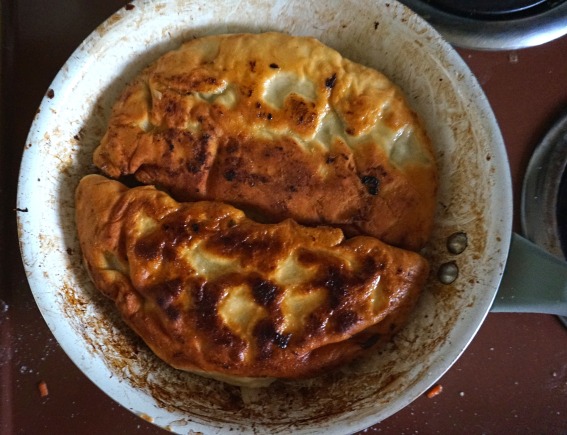
Moving on to the kalubi pulao, our main course. First, I blanched some shredded carrots to lock in the beautiful orange color and then added sugar, raisins, and shredded almonds. I sauteed, stirring constantly, until the sugar began to caramelize. Boyyyy, did this smell amazing. Ingredients I personally would have never put together, but now I can’t see them any other way. I then wrapped all the ingredients in tinfoil and set aside. These will be the toppings we’ll add when the dish is ready to serve. I did this step first since I’m not the biggest fan of multi-tasking in the kitchen and I also had to stop to take photos of everything every ten seconds so I had quite a bit on my plate already. You could do this while the meat or rice are cooking later if you want to cut down on time.
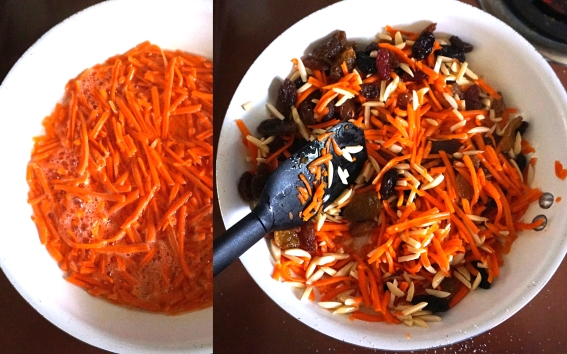
For the main dish, I added an entire chopped sweet onion to some oil and constantly stirred over high heat. I definitely burned mine, but loved the flavor it added so… it may sound weird, but I’d try to get some char on them if you decide to make this. Then I added one pound of lamb (chicken and lamb are the most commonly used) and cooked until brown on each side. Once browned, I added in half a cup of vegetable broth, let cook until the onions and broth began to turn into a nice thick sauce, and then added in another half cup of broth. I turned the stove all the way down to simmer, covered the pan, and let sit for about twelve minutes. By the end my lamb became a little tough, so I highly recommend sticking strictly to 8-10 minutes instead. Set the meat aside, but keep the sauce in the pan. To the sauce, add black pepper, cardamom, and cumin.
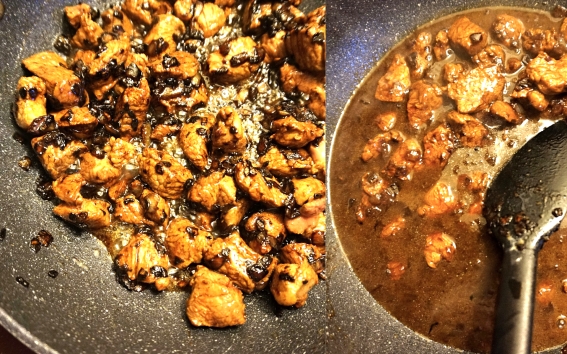
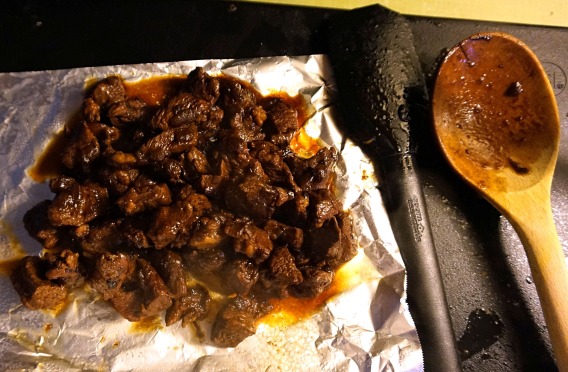
While the lamb was cooking for those twelve minutes, I cooked some rice. I cooked until it was just barely done, being careful to not overcook it. This is essential since it’s going to cook again in the oven and you don’t want it to get mushy or break. Once I set the lamb aside and mixed in the spices, I added the rice to the sauce and mixed together gently.
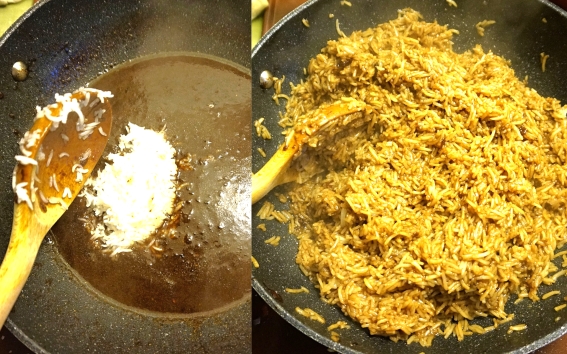
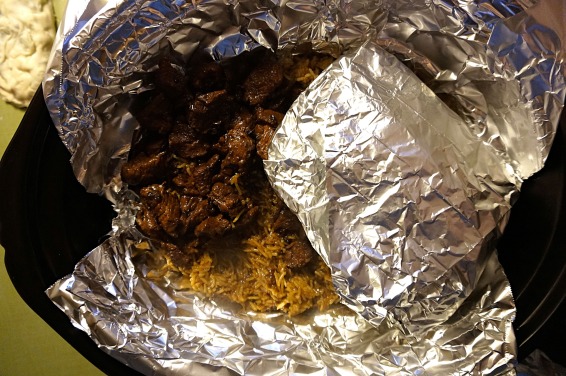
I am a poor college student so, as much as I wish I did, I do not have an all mighty indestructible dutch oven. I do have a Crockpot though! Which can go into the oven up to 400 degrees F. So, I tinfoiled the hell out of my Crockpot, put the rice at the bottom and added the lamb and that pouch of toppings (carrots, raisins, almonds) on top. Adding the toppings in allows them to caramelize even further and boosts the flavors. I cooked at 400F for ten minutes, then lowered the temp. to 250F and cooked for another ten minutes.
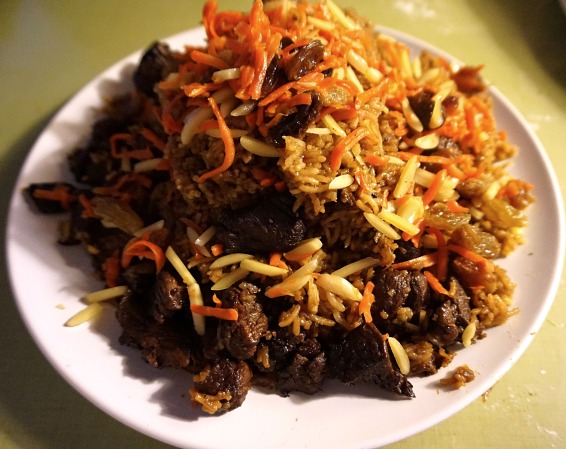
To finish, I set the lamb on a platter (or in my cheap ass case: a plate), put some rice on top, and then sprinkled the toppings on top of it all. It looked sooooo fucking good and my entire apartment smelled like home. My boyfriend Gurk could not stop mentioning how good this meal smelled the entire time I was cooking and I couldn’t disagree. It smelled and looked wonderful, but how did it all taste?
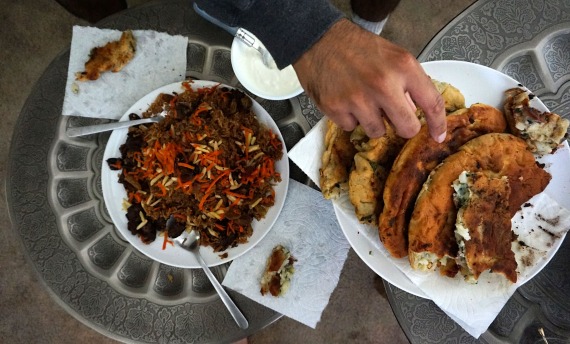
AMAZING! Absolutely amazing. These combinations of flavors are something I would have never put together, but crave now. This is the exact reason I wanted to do a challenge like this. To push my cooking, baking, and preference boundaries. Ask anyone who knows me, “Would Tia ever order something with raisins, cook carrots, and rice together?” and they would look at you like you’re absolutely insane for even questioning if I would. It’s a hard no. But somehow, together, these foods worked so well. The bolani was amazing as well. Although they look extremely odd and puffed up, they tasted exactly how I thought they would.
Changes: I would definitely add less stuffing to the bolani and knead the dough wayyyy less. I think the outcome would be much nicer looking. As far as the kabuli pulao goes, I definitely would have only cooked the lamb for about eight minutes. It became a little tough once it cooked in the oven. I actually can’t believe I’m saying this as a huge advocate for lamb, but I reckon this recipe would be better with chicken. I just think the cooking methods and flavors would be better with a softer meat.
This dish was absolutely wonderful, but it took my sooo long to make and tested my patience more than maybe anything else I’ve ever cooked. I loved this dish, but I think this one might not be a new all time favorite. Gurk and I agreed this would be a special occasion type of dish. From this I learned: I need to work on patience and perfectionism in the kitchen and apparently I like cooked carrots and raisins far more than I ever thought I did. Good to know.
I hope you guys enjoyed Afghanistan! Please leave me a comment letting me know if you’ve ever been to Afghanistan and/or tried Afghani food. If you try to make this dish, send me a picture over on Instagram: @tiaschmidt!
Onto Albania!
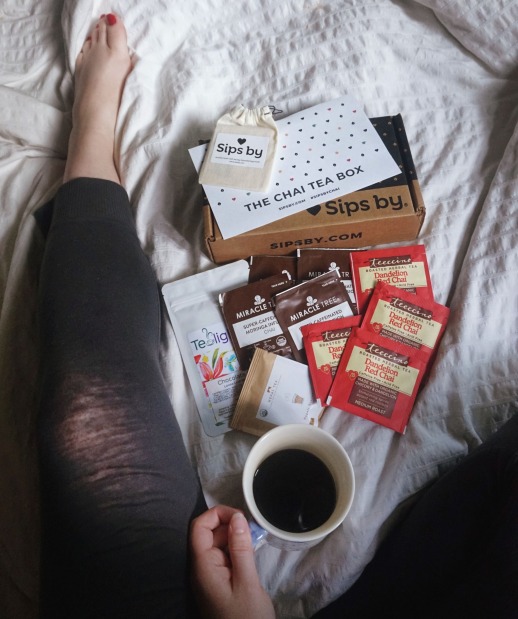


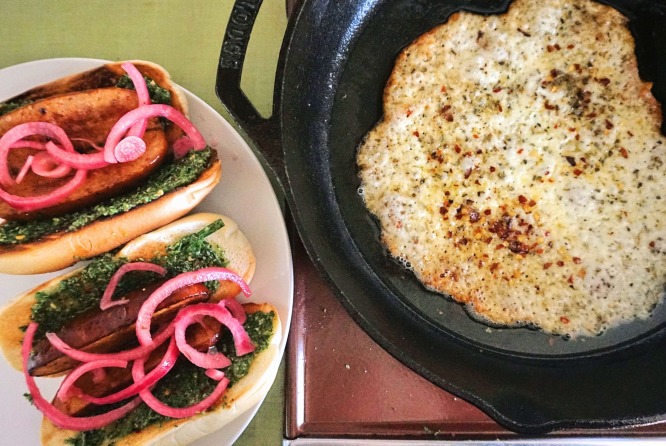
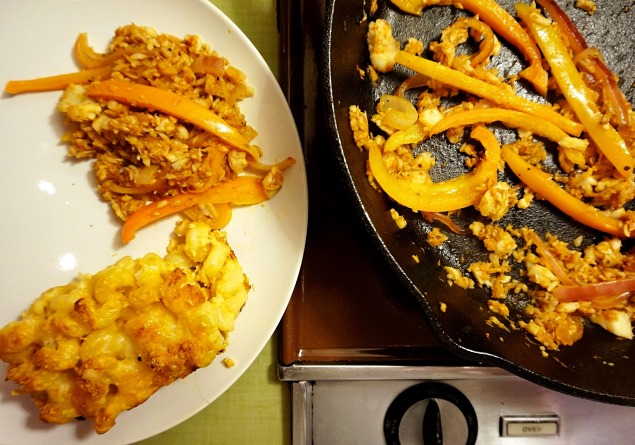
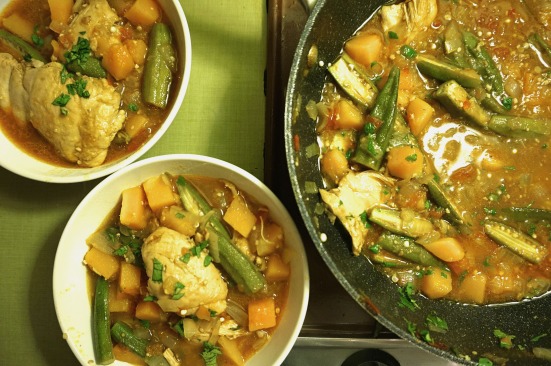
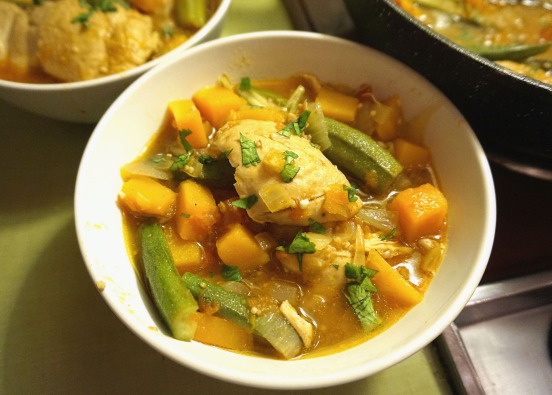
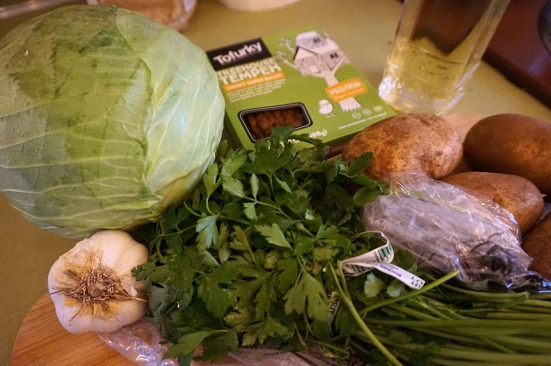
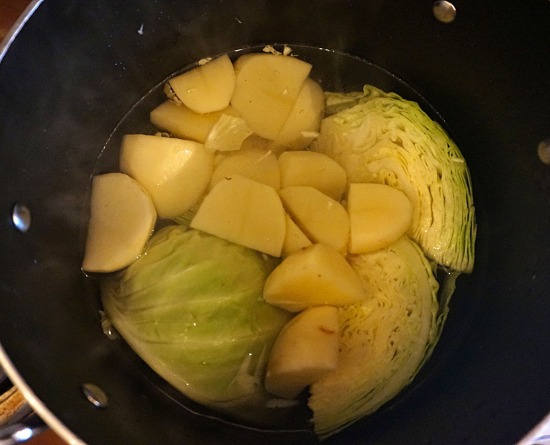
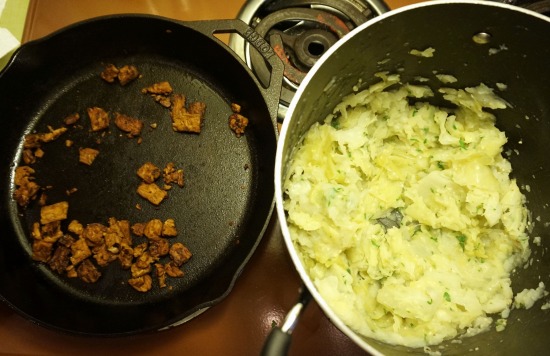
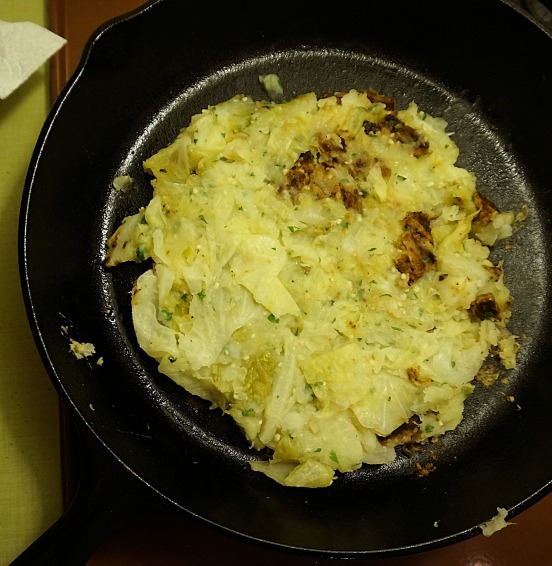
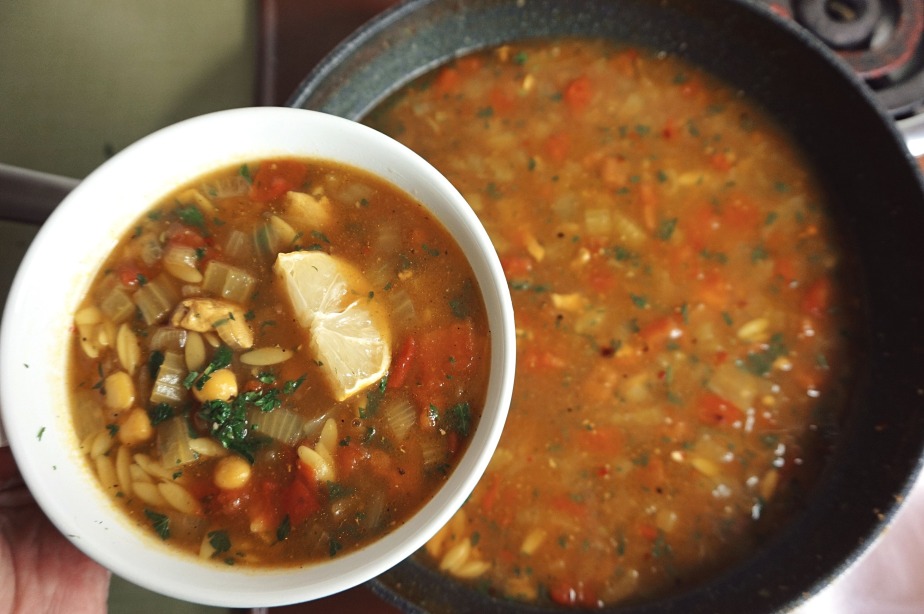 To be completely honest, I had no idea exactly where Algeria was before this. This has tended to be, and will continue to be, a common theme throughout this series. I aced every single geography test I ever had, but that was in middle school and I can’t say my memory has served me well in that area. I knew it was a North African country though, so give me some credit.
To be completely honest, I had no idea exactly where Algeria was before this. This has tended to be, and will continue to be, a common theme throughout this series. I aced every single geography test I ever had, but that was in middle school and I can’t say my memory has served me well in that area. I knew it was a North African country though, so give me some credit.